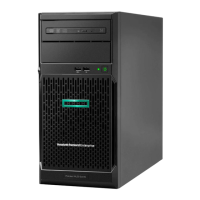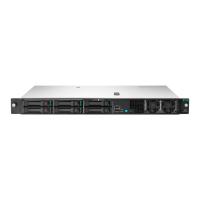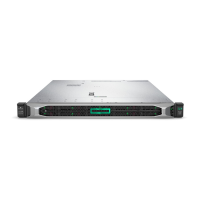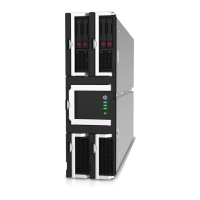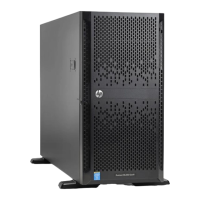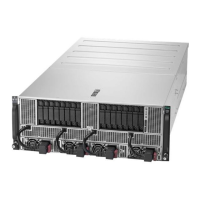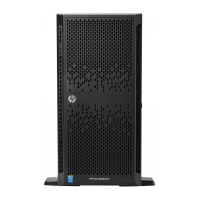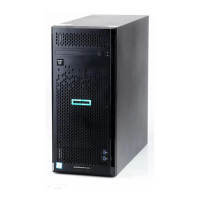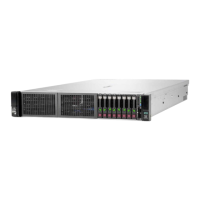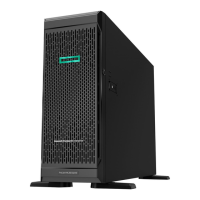Software and configuration utilities 177
RqSA & LUN if event was generated from IPMB. Software ID if
event was generated from system software.
Byte 1
[7:1] - 7-bit I
2
C . Slave Address, or 7-bit system software ID [0]
0b = ID is IPMB Slave Address
1b = system software ID
Byte 2
[7:4] - Channel number. Channel that event message was
Event Message format version (04h)
Sensor type code for sensor that generated the event.
Event description area: Assertion or de-assertion event.
As defined in this specification or IPMI2.0 specification.
As defined in this specification or IPMI2.0 specification.
As defined in this specification or IPMI2.0 specification.
Entering the pop-up boot menu
To enter the pop-up boot menu, press F11 during system boot when the Press <F11> to enter Popup
Boot Menu message displays.
The pop-up boot menu screen displays as shown in the following figure.
Entering PXE boot
To access PXE boot:
1. Set Network as the first boot device in BIOS setup menu.
2. Select Network device from the pop-up boot menu.
Entering the BIOS setup menu
The BIOS setup menu is accessible using the following methods:
Connect a USB keyboard, mouse, and VGA monitor directly to the server.
Use a console (or terminal emulator connected to a computer) through the serial port on the rear of
the server.
To access the BIOS setup utility menus:
1. Press the power button on the front control panel to power up the server.
2. Press ESC or DEL during system boot when the Press <ESC> or <DEL> to enter setup displays.
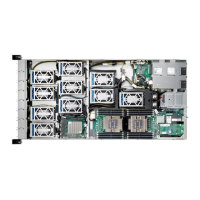
